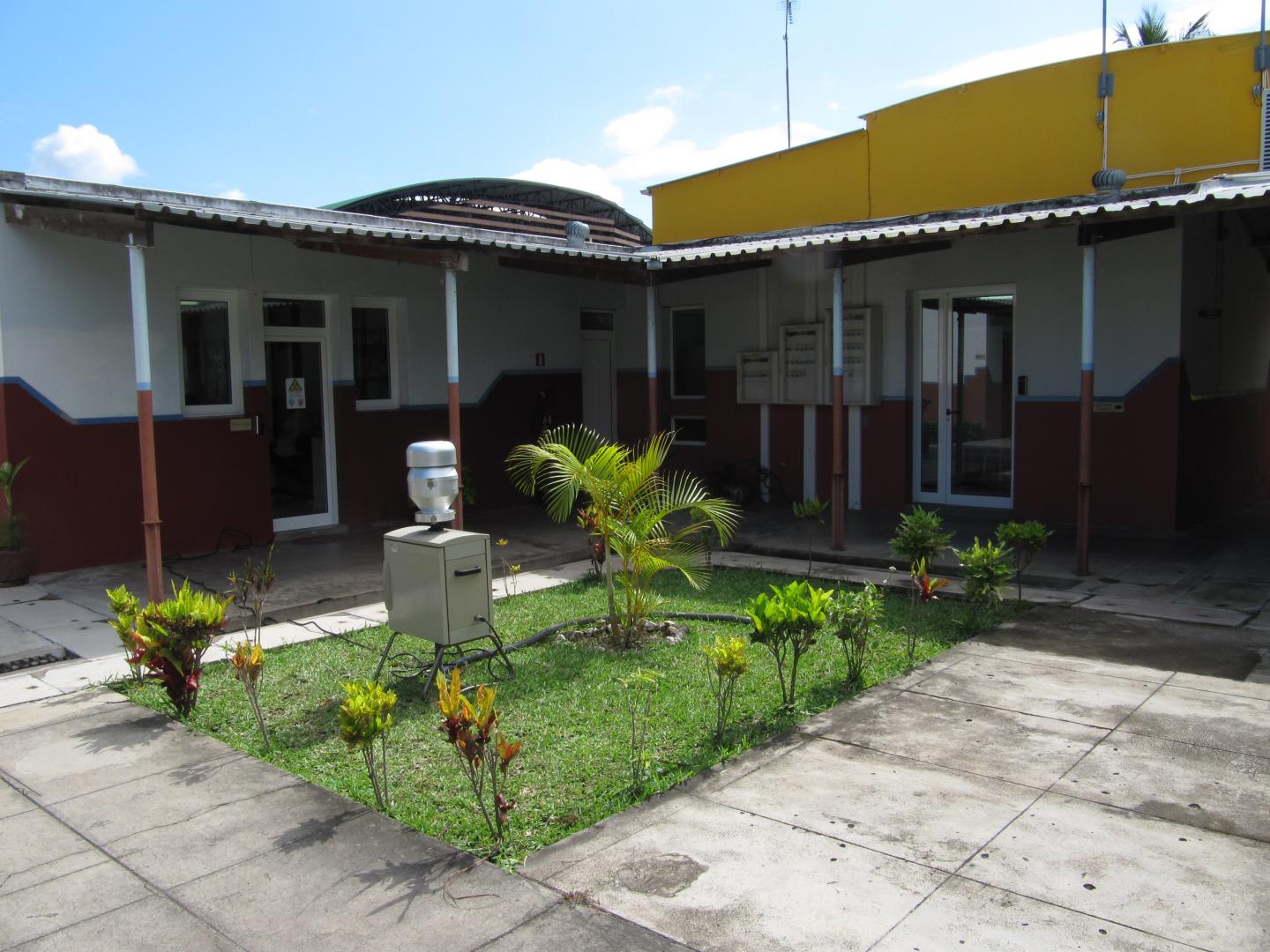
Credit: Ioar Rivas (ISGlobal)
Exposure to black carbon particles is 81% higher among Mozambican women who use kerosene as the main source of energy for lighting compared to those who use electricity. This was the main finding of a study undertaken by the Barcelona Institute for Global Health (ISGlobal), an institute supported by “la Caixa”, in collaboration with the Manhiça Health Research Centre (CISM) in Mozambique and the Institute of Environmental Assessment and Water Studies (IDAEA) in Barcelona.
The study, which has been published in the journal Environment International, recruited 202 women aged between 12 and 49 years living in Manhiça, a semi-rural region located 80 kilometres north of Maputo, Mozambique. During the study period, the women wore a portable device which recorded their personal exposure to black carbon (soot) 24 hours a day. In addition, all the participants answered a detailed questionnaire about their domestic habits and the characteristics of their homes. During the one-year study period, ambient levels of fine particulate matter (PM2.5), black carbon, and elemental carbon were measured once every three days in samples collected by a stationary sampling device installed in the CISM facilities.
Black carbon is one of the components of PM2.5 (particles with a diameter smaller than 2.5 millionths of a metre), an air pollutant that is harmful to both human health and the planet. Black carbon from domestic combustion generates 25% of global anthropogenic PM2.5 emissions and 80% of those produced in Africa.
One striking finding was that personal levels of black carbon exposure among the women participating in this study were much higher than those observed in studies of adults and children living in European cities (a daily average of 15 μg/m3 compared to 2.8 μg/m3 in Europe).
In Europe, black carbon is used as a marker of traffic-related air pollution, but in rural areas and in middle- and low-income countries, it is a marker of domestic combustion.
It is estimated that 95% of Mozambique’s population depends on unclean fuels for cooking and, due to the absence of electricity in large areas of the country, the use of portable kerosene lamps (or candeeiro de vidrio, as they are called in Portuguese) for domestic lighting is widespread. “The use of kerosene as an energy source in the home has been associated with tuberculosis, acute respiratory infections in children, low birth weight and neonatal mortality,” explains ISGlobal researcher Ariadna Curto, the lead author of the study. “And it is women who bear the brunt of this effect because traditionally they carry the burden of all the domestic work.”
In this study group, peak exposure to black carbon occurred, on average, between 6 and 7 in the afternoon–around sunset–and peak concentrations were 93% higher among the women who reported lighting their homes with kerosene lamps.
“Another significant finding was that women living with a partner had a 55% higher peak of exposure than single, widowed or divorced women. This difference can be attributed to the fact that the women in our study undertook all the domestic work in the household (almost all of the participants were housewives) and, consequently, the greater the number of people living in the home, the greater their personal exposure,” explains Ariadna Curto.
The other factors, in addition to the type of lighting used, that were predictive of black carbon exposure were type of kitchen and ambient temperature. Black carbon exposure was 61% higher in the group of women who reported having a totally or partially enclosed kitchen than in those who had no kitchen or an outdoor kitchen. Another relevant factor is that in most of the participant households, the women used solid biomass fuels (wood and coal) for cooking, which further increased their exposure to black carbon.
Analysis of data on temperature revealed that average exposure to black carbon decreased by 24% for each 5° C increase in ambient temperature. “This difference is probably due to the fact that when the temperature rises, the women tend to cook outdoors (where the smoke is dispersed) and use less fuel to heat the house,” explains Cathryn Tonne, ISGlobal researcher and last author of the study.
Finally, PM2.5 concentrations exceeded the maximum safe threshold specified by the WHO in 12% of the samples collected by the device installed in the CISM facilities to measure ambient pollution, with higher concentrations being observed mainly during the dry season. “Air quality in sub-Saharan Africa is expected to deteriorate further in the near future as a result of several factors, including an increase in vehicle ownership and industrial expansion. Studies like ours show that improving access to electricity or clean alternative lighting (solar lamps, for example) in populations currently dependent on inefficient household energy sources would have very positive effects on air quality and reduce negative health impacts,” adds Cathryn Tonne.
###
Media Contact
Pau Rubio
[email protected]
Original Source
https:/
Related Journal Article
http://dx.




